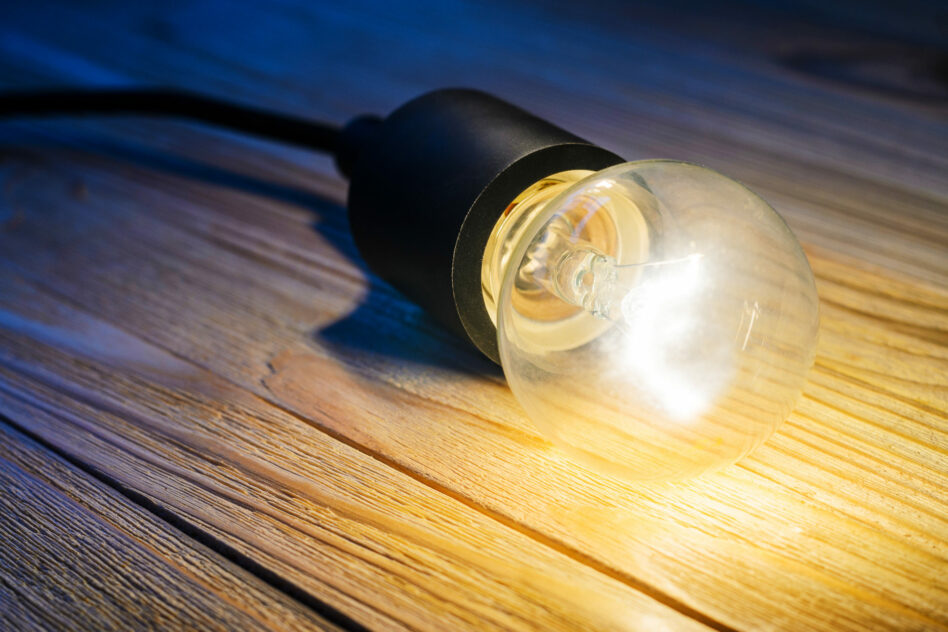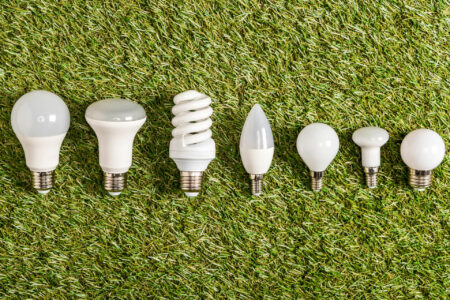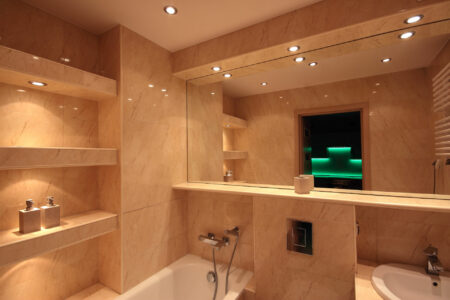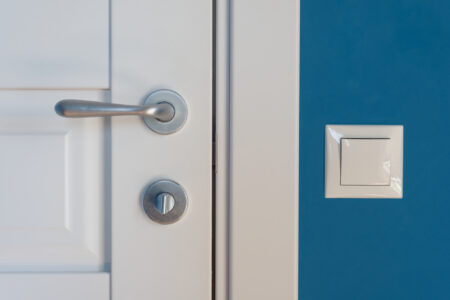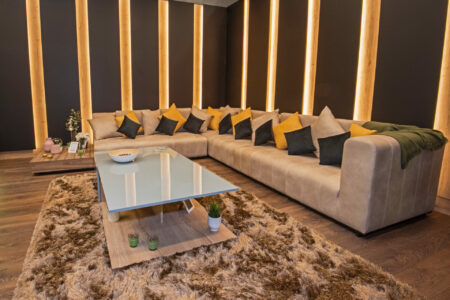Incandescent bulbs are the most common light bulbs used in the past. But here is the catch. Because of their high energy consumption they are no longer available in the United States. But if you still wonder what an incandescent bulb is and how it looks like, how they work, as well as their benefits and drawbacks. Let’s dive in!
What Are Incandescent Light Bulbs?
Incandescent lights are probably the first thing that comes to mind when you think of light bulbs. The bulb consists of glass and a thin wire filament. Electricity flows through the filament, producing light!
The incandescent bulb was the first light bulb invented by Thomas Edison in 1879. In fact, some modern LED lights, called Edison bulbs, replicate the famous look of the incandescent light bulb.
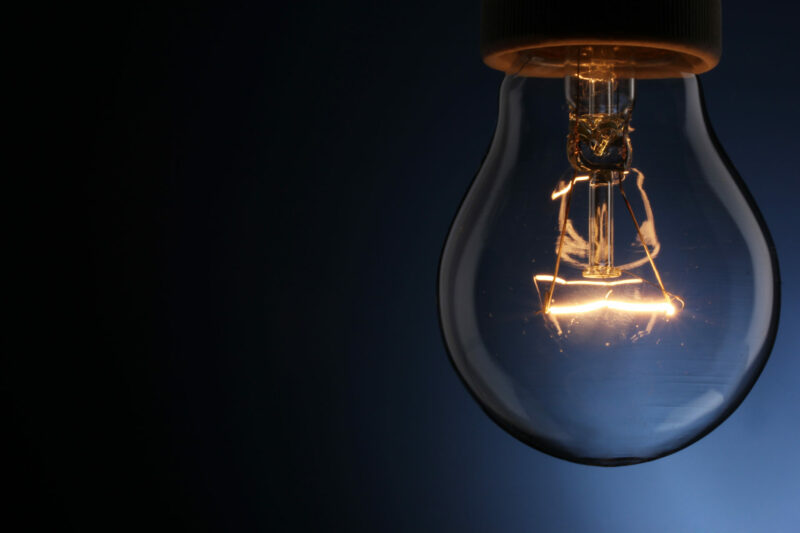
Benefits of Incandescent Light Bulbs
There’s a reason why incandescent light bulbs have stood the test of time. Though many new light bulbs are available, incandescent bulbs remain popular for the following reasons:
Low Initial Cost
Incandescent light bulbs are the cheapest bulbs available if you only consider their initial cost.
Warm Light
Unlike other light bulbs, incandescent bulbs provide a warmer light tone. For this reason, incandescent lights are great for relaxing during the evening.
High Light Output
Incandescent lights have a higher output. The output means the bulb is significantly brighter than other light bulbs— and at a lower price range.
Dimmable
You can easily adjust the brightness of incandescent bulbs. That’s because the electric current is responsible for heating the filament in the bulb. So, if you have a dimmer, any incandescent bulb can work with it.
Source of Heat
Incandescent bulbs can be pretty handy during winter. Not only do they produce light, but they also heat up and warm the room. Basically, you’ll get a light bulb and a heater in one incandescent bulb.
Disadvantages of Incandescent Light Bulbs
Unfortunately, there are some major drawbacks to incandescent light bulbs. For this reason they are getting less and less popular. Here are the reasons why:
Wasteful
Incandescent bulbs are energy inefficient. The bulbs use remarkably more energy to produce lower brightness. That’s because most of the electricity is converted to heat instead of light.
It can be easy to understand why LED bulbs, for example, are a more environmentally conscious option. Additionally, people are always looking for greener products that promote a more sustainable lifestyle.
Short Life Span
The lifespan of incandescent lights is notably shorter than other light bulbs. Incandescent bulbs last about 1000 hours only.
Higher Cost in the Long Run
At first, incandescent light bulbs can seem cheaper, but since they last for less time, you’ll need to replace them often.
Furthermore, your electricity bill will run high as incandescent bulbs use most of the energy in producing heat, not light.
How Incandescent Light Bulbs Work
The tungsten filament is the key part of incandescent bulbs. Tungsten has a high melting point, so it can withstand electricity and heat.
For the bulb to light up, a sufficient amount of electricity passes through the filament and heats it up to the point of glowing. Then, the filament emits light!
The bulb also contains an inert gas, which is typically argon. The gas helps in slowing down the evaporation of the tungsten filament. This way, the light bulb lasts longer.

There are different types of incandescent light bulbs depending on the gas being used. This includes halogen bulbs and xenon lamps.
The incandescent bulb is made of heat-resistant glass which is coated with a layer of silica. The silica disperses the light produced by the filament, making it more uniform and soft.
Uses of Incandescent Light Bulbs
Incandescent light bulbs have numerous applications, apart from being light bulbs. The uses of incandescent bulbs include:
Heat Lamps
We can utilize incandescent light bulbs for their heat! Instead of using the bulbs as a light source, they’re perfect as small heat lamps. These lamps operate at a much higher temperature than standard incandescent bulbs.
Heat lamps are essential, especially on farms. They provide warmth in animal enclosures, and can even be convenient in food storage.
Reflector Lights
Incandescent lights can have a reflector coating, providing a directional light. Reflector lamps produce exceptionally bright, cone-like light.
Reflector lamps are crucial for many applications, including:
- Spotlights
- Floodlights
- Car headlights
Are Incandescent Light Bulbs Still in Use?
Incandescent light bulbs are still a popular choice in many homes. Users believe incandescent bulbs are an inexpensive option.
That said, others are aware of the dangers of incandescent light bulbs on the environment. The bulbs’ watts per lumen are pretty high. This means they use significantly higher electric energy to produce light.
The department of energy banned the production of incandescent lights in 2023, pushing for more energy-efficient alternatives. The environmentally-friendly decision will reduce energy waste as well as save over $3 billion annually on utility bills.
Don’t worry though! You don’t have to switch to LED lights. If you already have incandescent light bulbs, you can still use them. Yet, you won’t be able to buy any new incandescent light bulbs.
Frequently Asked Questions (FAQs)
Why do incandescent light bulbs turn black over time?
As the tungsten in the incandescent light bulb heats, it slowly evaporates. The black deposits on the bulb’s glass are simply incandescent vapor. So, a dark black color can be an indication that the bulb needs replacing.
Are incandescent lights good for your eyes?
The best type of light tone for your eyes is warm light. That’s why incandescent light bulbs are ideal in this situation. They tend to be on the warmer side of the spectrum, at about 2700 to 3000K.
Are incandescent lights safe?
Incandescent light bulbs can be unsafe if you don’t take proper precautions. The light bulb gets incredibly hot. If you leave it on for too long, or if the light bulb is in contact with flammable material, it might start a fire!
That said, incandescent bulbs that contain inert gasses, such as halogen or xenon lamps, are safer than standard incandescent lights. The gasses can absorb the excess heat, making them less likely to cause a fire.
